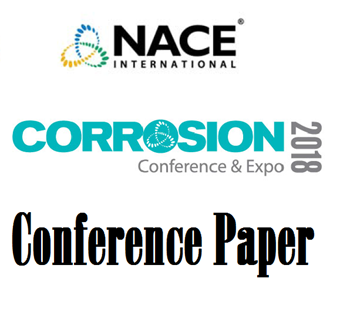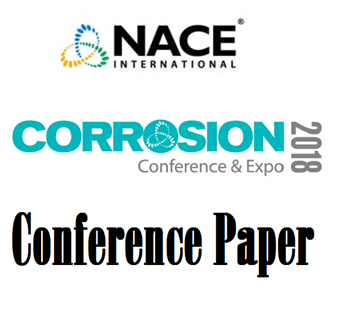Search
51318-11303-NaCl and CaCl2-Induced High Temperature Corrosion of Automotive Exhaust Components
Also Purchased
51318-11297-Characterization of Direct Metal Laser Sintered Alloy 718 in the As-Fabricated and Heat Treated Condition
Product Number:
51318-11297-SG
Publication Date:
2018
$20.00
51318-11306-Localized corrosion of alloys UNS N06690 and N06600 in steam generator lay-up conditions
Product Number:
51318-11306-SG
Publication Date:
2018
$20.00
51318-11290-Evaluating Polymer Based Materials Pipeline for Large Solids Particles Applications
Product Number:
51318-11290-SG
Publication Date:
2018
$20.00




